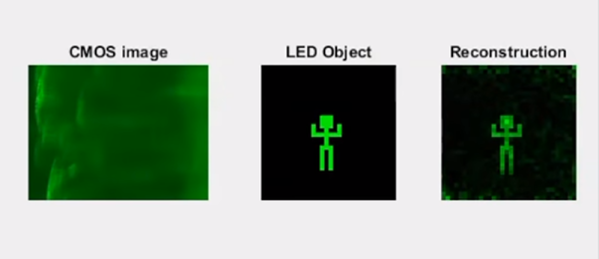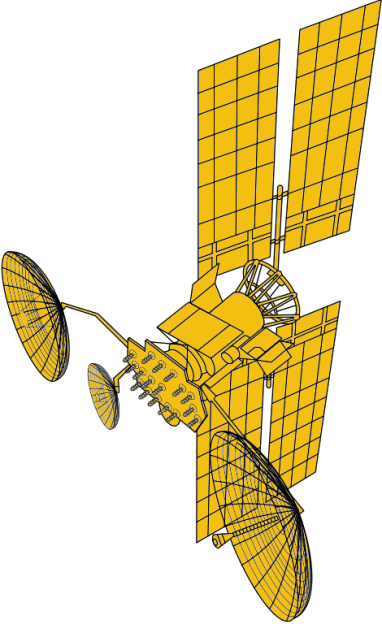Linux started as a student project in the 1990s, the creation of Linus Torvalds. He has attained celebrity status while steering his creation through the decades, but along the way he has also attracted a different reputation within the Linux and software community. He is famous for his outbursts and rants, some of which become rather personal, and it is not difficult at all to find kernel developers or would-be kernel developers who have turned their backs on the project as a result.
It’s very refreshing indeed then to read an update from [Linus] as part of his regular communications, in which he admits that he has an issue, and says that he is taking the time to seek help for it. There is an accompanying update to the kernel maintenance code of conduct, which suggests that this is likely to mark a sea-change in that environment, as well as we hope salvage that aspect of [Linus]’ reputation.
“My flippant attacks in emails have been both unprofessional and uncalled for. Especially at times when I made it personal. In my quest for a better patch, this made sense to me. I know now this was not OK and I am truly sorry.”
The Hackaday community has a much greater than average proportion of Linux users among its readership. Even those readers who use a desktop OS with BSD, Windows, or other kernels will almost certainly have a Linux kernel somewhere, whether it’s in their phone, their set-top-box, their children’s toys, or even their domestic appliances. And of course a large swath of the Internet runs on Linux. It is in the best interest of us all that we continually attract and retain brilliant people to contribute to the effort put into developing and maintaining the Linux kernel.
Without wishing to lionise [Linus] above the many others whose work has also contributed to Linux and its success, his contribution to our community has been beyond measure and it has been uncomfortable to see his other side. It’s a step in the right direction to apologize for personal attacks and behavior that drives a wedge into the kernel developer community, and seek to change that behavior. We’d urge others to follow his example, we’re sure every grouping has at times had its personality problems, and it’s never too late to enact some repairs.
While Linus steps away to work on his self improvement, veteran kernel developer Greg Kroah-Hartman will take the reigns among the kernel maintainers.



















